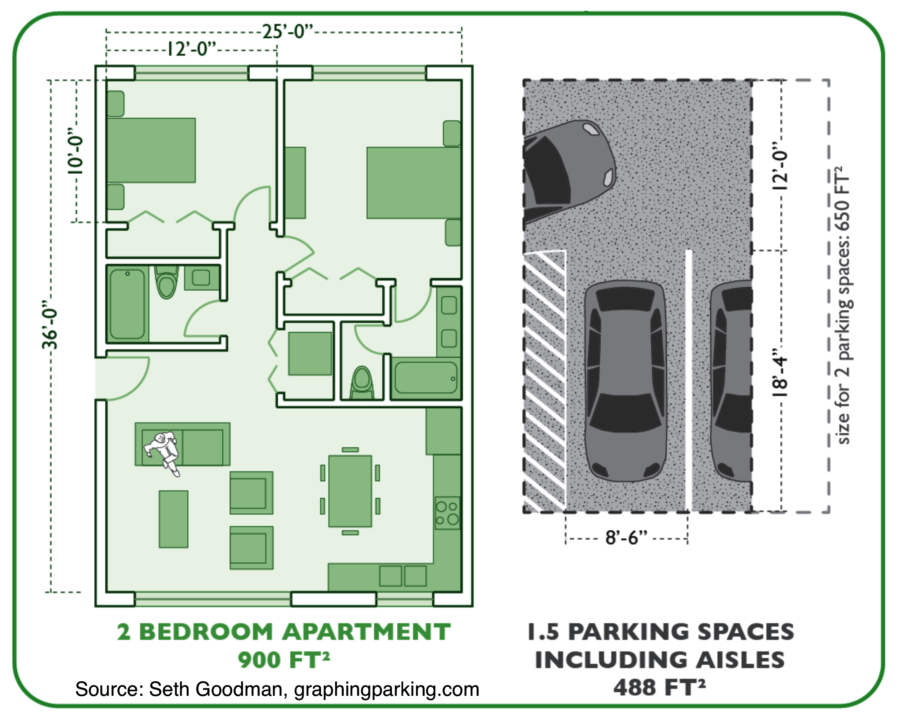How are Climate and Infrastructure Linked?
PUBLISHED AUGUST 2021
Q: How are climate and infrastructure linked?
A: When we invest in infrastructure like airports, roads, buildings, and power plants, we are making investments we hope will last for 50 years or more. But almost every week we hear about major infrastructure failures caused by climate change. Extended power outages, massive flooding, buckling roads, aircraft grounded, all caused by unprecedented temperatures, drought, and extreme storms.
Infrastructure designed to work in yesterday’s climate, just doesn’t cut it in today’s climate, to say nothing of tomorrow’s climate. Roads in the Pacific Northwest buckled in the 116°F heat, fully 10 degrees hotter than the previous hottest day on record. Streetcars shut down when power cables sagged and melted and thousands lost power when they needed it most. 70% of our power plants are dependent on cooling water to operate. Those plants reduce power or shut down when the cooling water gets too hot or is no longer available due to drought conditions. Climate change is both increasing demand for power while simultaneously damaging the grid’s ability to deliver that power.
Solar and wind power are not dependent on cooling water to produce power. Local renewable energy systems combined with batteries provide resilience when the grid is stressed. In a rapidly changing world, we need to design for the future.
Q: What does that mean for us here in Lexington?
A: While Canada was getting heat wave headlines, we were having our own unprecedented heat wave right here in Lexington. We sweated through temperatures of 95 to 96°F for 3 days in June that felt like 104 to 112°F according to the National Weather Service’s heat index. If we were living in a stable climate, the odds of Lexington having 3 days over 95°F in June would have been 1 in 5 million.
Lexington had 8 days in May and June over 90°F. The Town canceled school because our older school buildings could not provide enough outside air ventilation to keep students healthy at temperature and humidity levels that used to happen only in July and August. On the other hand, our newest school buildings were designed to operate effectively in a climate more like Baltimore than Boston. And those schools were designed to produce 100% of their own power from solar and operate with battery backup in case of outages. Surprisingly our new schools built to these standards have lower total life cycle costs than conventional designs.
Q: What other infrastructure decisions can have a major impact on climate?
A: Parking. Yes, parking has a big impact not only on climate, but on many other issues we care deeply about in Lexington, such as affordable housing, traffic, health, justice, and economic development. Roughly 52% of the buildable commercial land on Hartwell Avenue is dedicated to parking.
Our laws establish separated zones for housing, working, and shopping. Those laws then require developers to provide enough parking spots to enable travel between those zones in single-occupancy vehicles.

There are four parking spots for every car in America. And much of that land sits empty much of the time. This is a waste of valuable real estate that could be used for housing or lab space. It is also a massive subsidy for the automotive and oil industries. We all pay for this subsidy in higher housing costs, office rents and increased traffic, noise, and air pollution that affects our health and quality of life.
If you can drive to work and park for free a couple of yards from the front door, that certainly makes driving a car seem like the obvious choice. But if car owners began paying the true cost of parking, they’d be much more likely to choose public transportation, (e)biking, or walking.
It’s a virtuous circle. Fewer parking spots mean more people taking public transportation, which justifies increased frequency of service, which means more people taking public transportation, which means less traffic, less air pollution, less noise, and lower greenhouse gas emissions. The Town earns new commercial tax revenue, which lowers our residential taxes, all from changing the status quo on free parking.
It’s also a virtuous circle when it comes to affordable housing. Reducing parking requirements from 1.5 to 1 spot per apartment, lowers housing costs while increasing the number of affordable apartments by up to 50%. If you’d like to learn more, I’d highly recommend reading “The High Cost of Free Parking” by Donald Shoup.
Instead of staying parked in the past, let’s ride into the future!
Send your sustainability questions to questions@sustainablelexington.org.

of the Sustainable Lexington Committee
